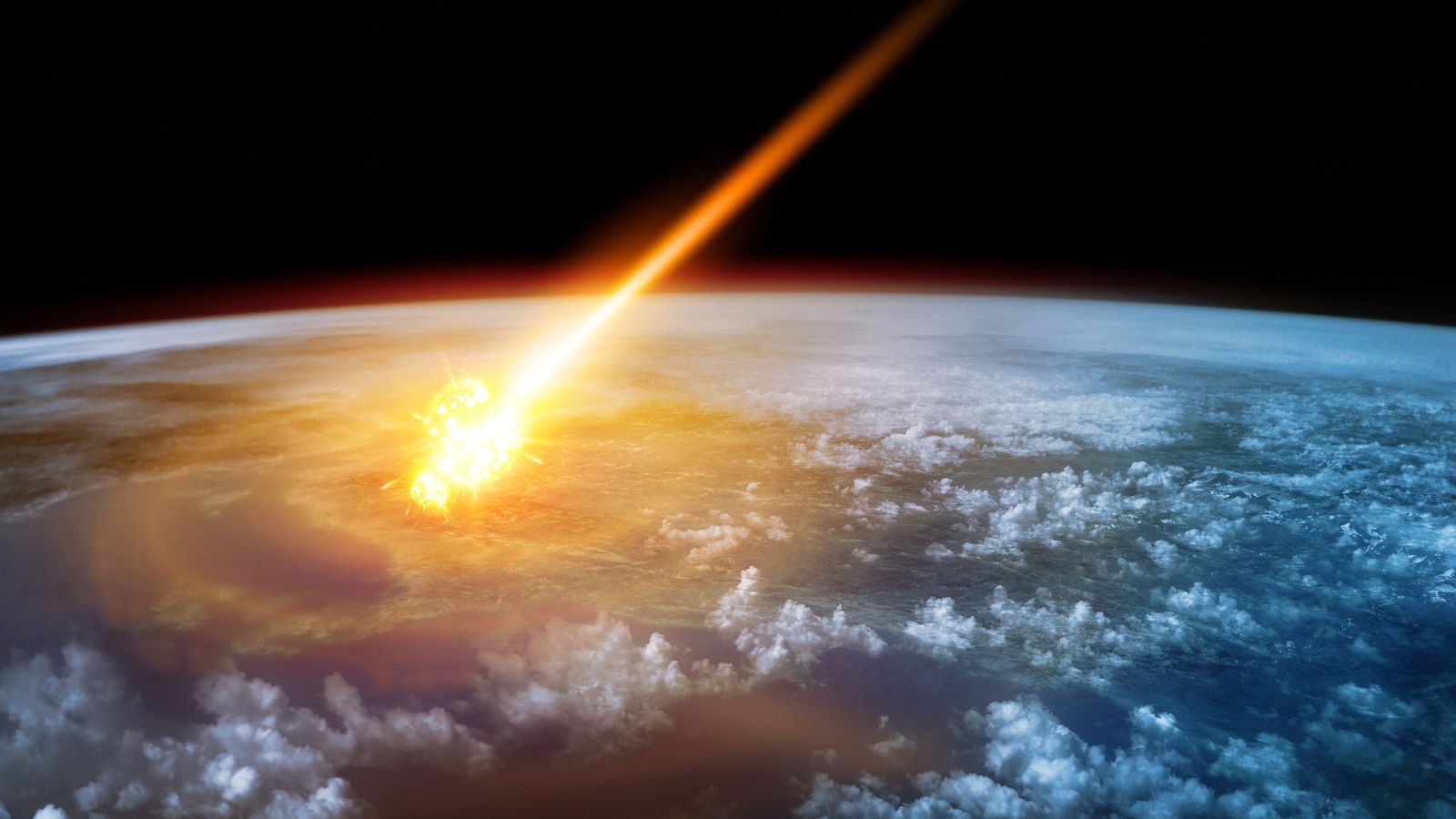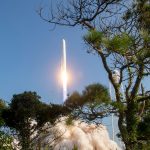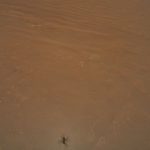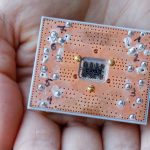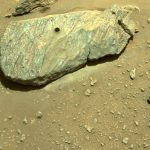NASA is set to launch a spacecraft to test whether it can deflect an asteroid away from a potentially catastrophic collision with Earth.
Fortunately this asteroid is not a threat to Earth – but scientists generally regard impact events as the greatest threat facing humanity.
Take-off for the Double Asteroid Redirection Test (DART) mission is scheduled for Tuesday and the spacecraft is attached to its payload adapter in SpaceX’s facility at the Vandenberg Space Force Base in California. It will be launched on top of a Falcon 9 rocket.
The DART spacecraft itself is roughly the size of a small car, and the mission is being supported by the Johns Hopkins Applied Physics Laboratory.
It will eventually slam into its much larger target and hopefully shift its orbit, all while being observed by the LICIACube satellite developed by the Italian space agency.
It will be the first-ever demonstration of the “kinetic impactor” technique to change the motion of an asteroid in space.
In the culmination of the $330m (£246m) mission, DART will smash into a near-Earth double asteroid known as Didymos and Dimorphos, with the latter being a “moonlet” estimated to be about 160 metres in size.
International Space Station crew endangered by space junk from ‘reckless’ Russian weapons test
International Space Station astronauts forced to take cover over ‘space junk’ collision fears
NASA delays moon landings as China becomes ‘aggressive competitor’ in space race
The plan will be for the small spacecraft to kinetically impact Dimorphos at a speed of roughly 6.6 km/s and in doing so to shorten its orbit about Didymos.
Why are we crashing a spacecraft into an asteroid more than 6 million miles away?
Get the details on #DARTMission, our upcoming #PlanetaryDefense test—and tune in next week for live mission coverage: https://t.co/ld8K63DeQo pic.twitter.com/AUj86TehyI
This nudge technique is preferred to blowing asteroids apart in the style of the film Armageddon, because the fragments from such an explosion could continue to imperil the planet.
A study from researchers at Johns Hopkins University in the US published in 2019 warned that for objects large enough to be targeted it was likely the blasted away fragments would reform under gravity.
Please use Chrome browser for a more accessible video player
Scientists say that no known asteroids larger than 140 metres in size have a significant chance of hitting the Earth within the next century.
However they warn only 40% of these asteroids have been found – and that much smaller asteroids could still cause enormous destruction.
This is because humanity’s detection systems are limited by physics – our ability to survey asteroids in the dark of space in our solar system depends on the direction of approach and the phase of the moon.
Small impactors are regularly detected just hours in advance, and the majority of asteroids that do hit Earth are from previously undiscovered objects.
Back in 2013, a meteor exploded in the atmosphere near Chelyabinsk in Russia, causing an enormous fireball, shattering windows, and leading to potentially more than a thousand people to seek medical treatment for their indirect injuries.
That asteroid is believed to have been roughly 20m in size and was completely undetected before it entered the atmosphere, in part because it approached Earth from the direction of the Sun.
It briefly outshone the sun and inflicted severe burns on observers below, as well as smashing windows and rattling buildings.
According to Johns Hopkins Applied Physics Laboratory, the Chelyabinsk meteor created “an airburst and shockwave that struck six cities across the country - and [sent] a stark reminder that dangerous objects can enter Earth’s atmosphere at any time”.
“Astronomers estimate there are tens of thousands of near-Earth asteroids close to 500 feet wide and larger, big enough to cause regional devastation if they actually hit Earth.
“The Chelyabinsk object was just about 60ft wide, demonstrating that even small asteroids can be of concern - and making real-world tests of space-based planetary defence systems all the more important,” the university added.
